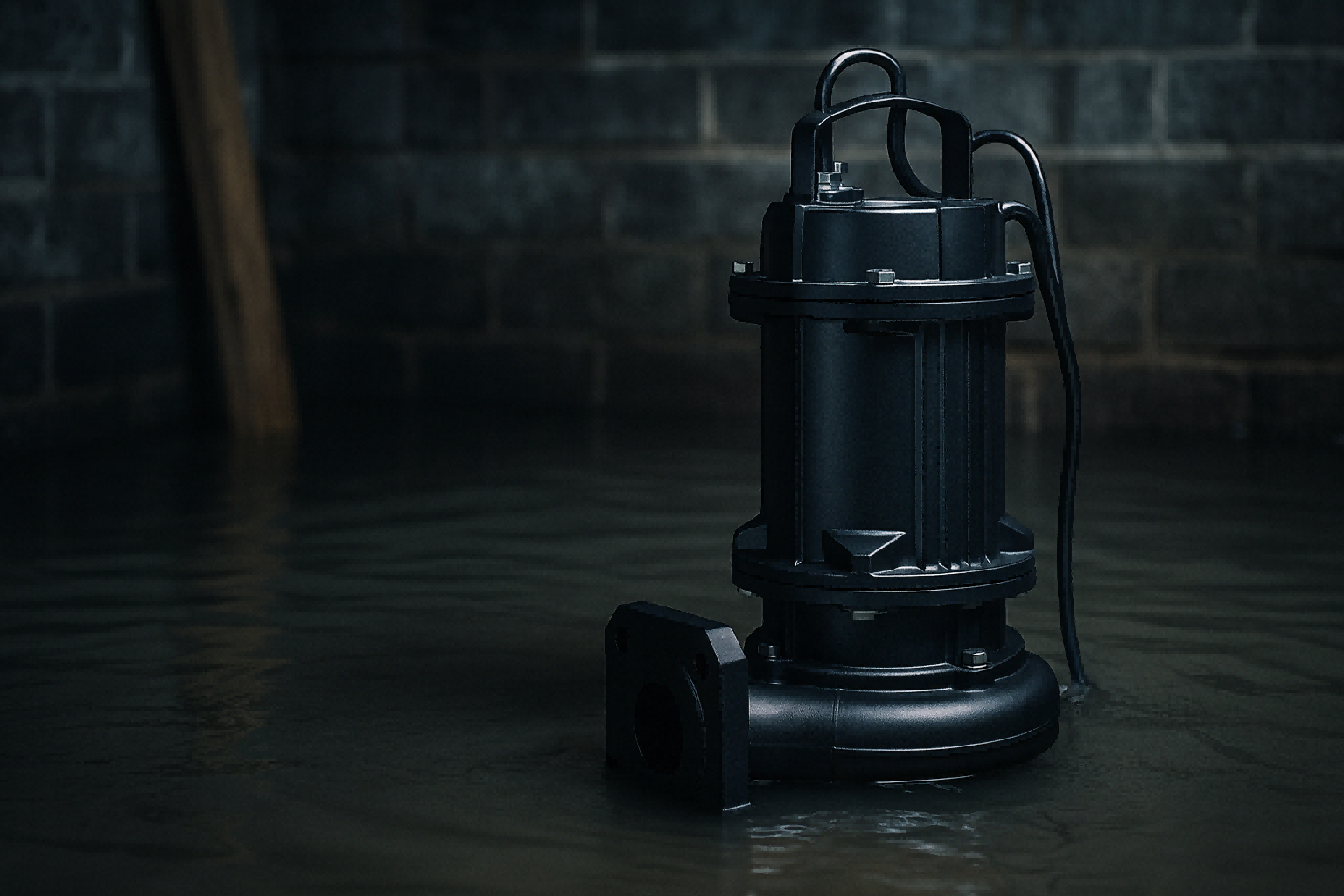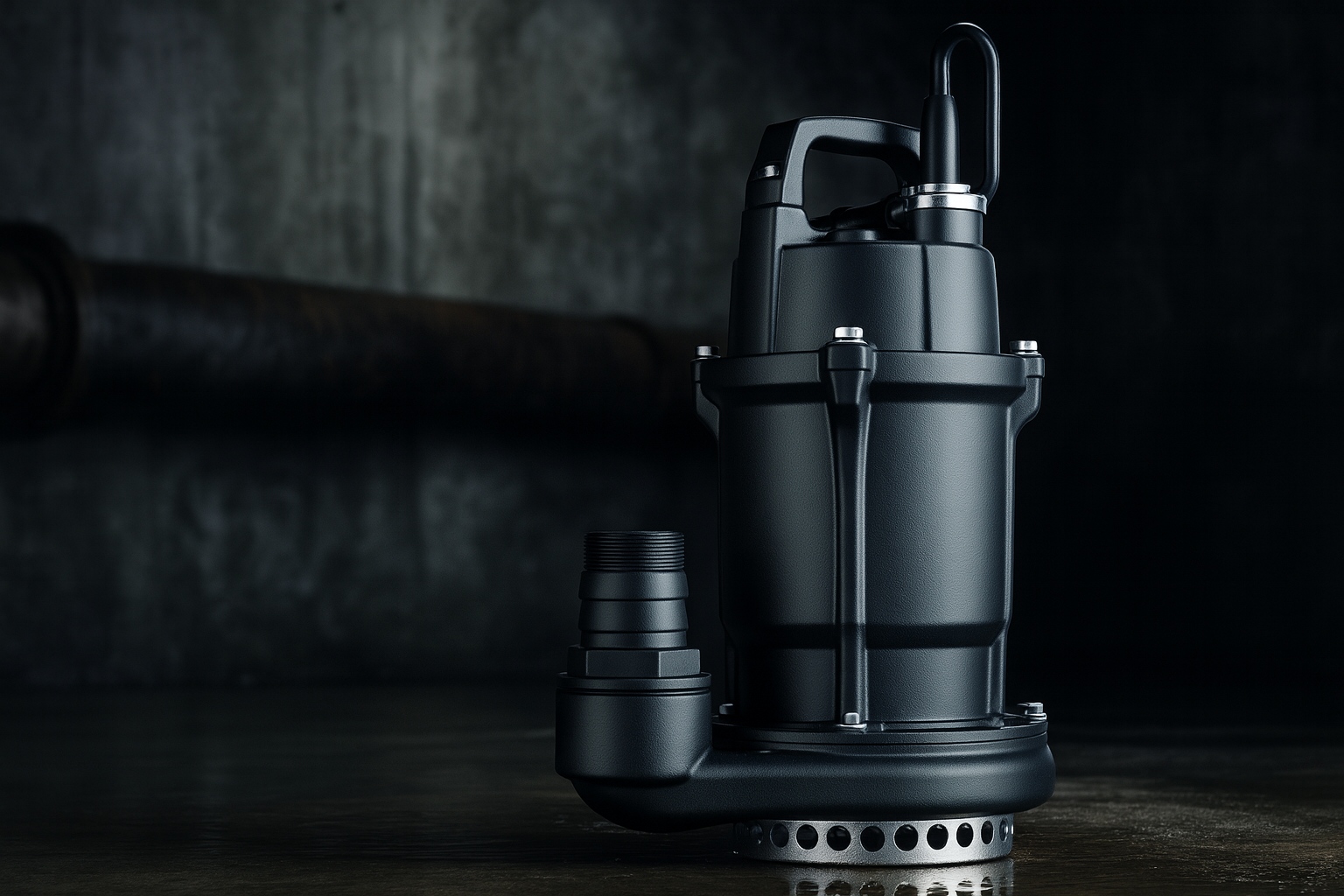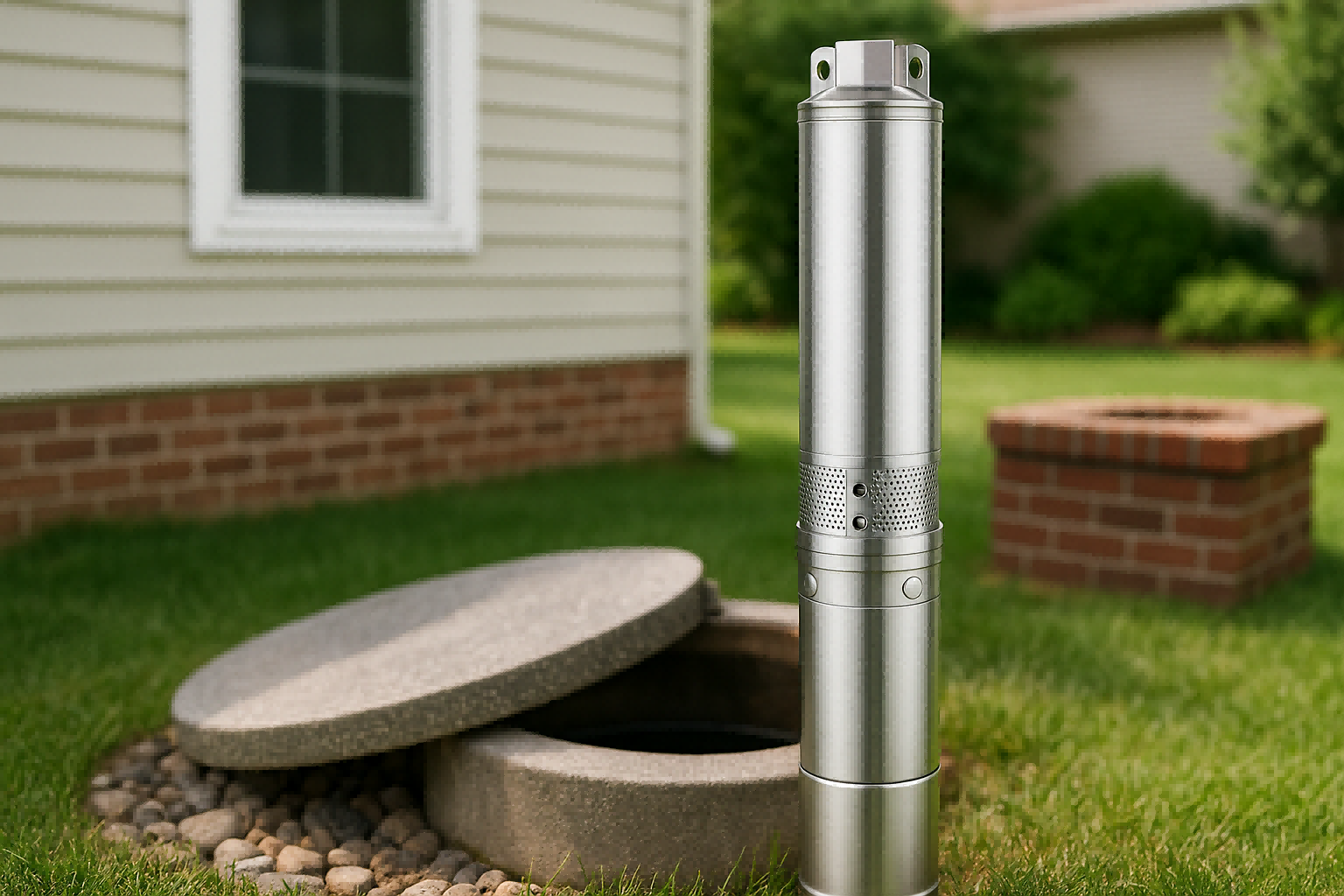A flooded basement is a costly disaster.
You trust your sump pump to protect you.
But its weaknesses can cause it to fail when it matters most.
The main negatives of a sump pump include its reliance on electricity, noise, and need for maintenance. Key risks are failure during power outages, being overwhelmed by water, and general mechanical breakdown, which require careful planning to mitigate.

A sump pump is a great first defense, but it is not foolproof.
Understanding its potential drawbacks is the key to creating a truly reliable waterproofing system for your home.
Let's break down the hidden negatives you need to know.
Operational and maintenance negatives
You count on your pump to work automatically.
But what happens when the power goes out, or it fails without warning?
These operational flaws can turn your protection into a liability.
Sump pump operation is flawed by its power dependency, constant maintenance needs, and noise. Unexpected mechanical failure due to worn parts or a bad switch is also a major risk, especially during severe weather when the pump is working its hardest.
A sump pump is a machine that requires attention.
Its day-to-day operation and long-term reliability depend on addressing several key issues.
From its power source to its moving parts, here is what can go wrong.
The Power Outage Problem
A standard sump pump is useless without electricity.
Heavy storms that bring flood risks often knock out the power.
This means the pump fails right when it's needed most.
A battery backup is a common solution.
However, backup batteries only last for a limited time and require their own maintenance.
Constant Maintenance is Required
A sump pump is not a "set it and forget it" device.
It needs regular cleaning and inspection to work reliably.
Debris can clog the pump's intake or jam the float switch.
If the switch gets stuck, the pump will either fail to turn on or run until it burns out.
Regular checks are essential for dependability.
| Maintenance Task | Frequency | Purpose |
|---|---|---|
| Test Operation | Quarterly | Pour water into the pit to confirm the pump activates. |
| Clean Pit & Pump | Annually | Remove all silt, gravel, and debris. |
| Inspect Check Valve | Annually | Ensure it prevents water from flowing back into the pit. |
| Test Backup System | Semi-Annually | Unplug the main pump to test the backup's function. |
Noise and Disruption
Sump pumps can be loud.
The motor creates a humming sound.
The water discharging through pipes is also noisy.
A loud "thump" from the check valve shutting off is a common complaint.
This noise can be very disruptive, especially in finished basements or at night.
Risk of Mechanical Failure
All mechanical devices eventually wear out.
A sump pump motor can overheat from running too long.
The float switch is a frequent point of failure.
Internal parts like bearings and the impeller can corrode and break.
Relying on a single, aging pump without a backup is a major risk.
Installation-related negatives
You think any installation will protect your home.
But a poor setup can create new problems.
An incorrectly installed pump can fail or even introduce new hazards.
Installation-related negatives include creating a pathway for radon gas if the pit is unsealed and using an undersized pump. A pump that's too small for your home's needs will be easily overwhelmed in a heavy storm, leading directly to a flood.
How a sump pump is installed is just as important as the pump itself.
Mistakes made during this stage can undermine the entire system.
Let's look at the most common installation-related problems.
Radon Gas Hazard
Digging a sump pit creates an opening from the soil into your basement.
This can allow dangerous radon gas to enter your home.
Radon is an invisible, odorless gas that is a known cause of cancer.
An open or poorly sealed pit acts like a chimney for radon.
A proper installation must include an airtight, sealed lid to prevent this.
A Pump Can Be Overwhelmed
Sump pumps come in different sizes for a reason.
An "undersized" pump is too weak to handle the amount of water your basement receives.
During a heavy downpour, the pit will fill faster than the small pump can empty it.
This causes the pit to overflow and flood your basement.
Pump sizing is critical for effective protection.
| Factor | Impact on Pump Sizing |
|---|---|
| Water Table | A high water table requires a stronger pump. |
| Discharge Height | Pumping water higher requires more power. |
| Local Climate | Areas with heavy rain need higher capacity pumps. |
Aesthetic Concerns
An exposed sump pit is ugly.
In a finished basement, an open hole with visible pipes ruins the look of the space.
This is more than just a cosmetic issue, as it can devalue your renovated space.
A proper installation includes a flush-mounted, sealed cover.
This hides the system and keeps the room looking clean and finished.
Other considerations
Even a perfect setup has risks.
Alternative pump types have their own serious drawbacks.
And the very presence of a pump can create a dangerous mindset.
Beyond the pump itself, water-powered backups waste huge amounts of water and may be banned in some cities. A sump pump can also create a false sense of security, causing homeowners to neglect checks and maintenance until it's too late.
Finally, there are other factors to think about.
These issues relate to alternative technologies and the psychology of relying on a single device for protection.
Understanding them completes the picture of total basement safety.
The Problem with Water-Powered Pumps
Water-powered pumps use city water pressure to pump water out.
They don't need electricity, which seems ideal.
However, they are extremely inefficient.
They often use one gallon of clean city water to remove two gallons of groundwater.
This leads to massive water waste and huge utility bills.
Many cities have banned them for this reason.
They also have low pumping capacity compared to electric pumps.
The False Sense of Security
This is one of the biggest dangers of owning a sump pump.
It's easy to assume your basement is completely flood-proof.
This complacency can lead homeowners to skip essential maintenance checks.
They might not even look at the basement during a storm.
When the pump eventually fails, the discovery is made far too late.
A sump pump is one part of a strategy, not an absolute guarantee.
Conclusion
Knowing a sump pump's negatives—like power needs, maintenance, and failure risk—is the first step toward building a truly effective and reliable basement protection plan.
FAQs
How long does a sump pump typically last?
A quality sump pump has a typical lifespan of 7 to 10 years, but this can vary greatly depending on its usage frequency and maintenance routine.
What is the most common reason for sump pump failure?
The most common cause of failure is a stuck or broken float switch, which prevents the pump from activating when the water level rises.
Can a sump pump run without water?
Running a sump pump without water, also known as running dry, can cause the motor to overheat and burn out quickly, leading to permanent damage.
Should I test my sump pump?
Yes, you should test your pump every two to three months by pouring a bucket of water into the pit to ensure it turns on and pumps correctly.
Why does my sump pump smell like sewage?
A sewage smell often comes from stagnant water trapped in the pit or a dried-out P-trap, allowing sewer gases to escape from the basin.
What size sump pump do I need?
The correct size depends on your area's water table, climate, and basement size; a professional evaluation is recommended to determine the right horsepower and pumping capacity.
Can a sump pump increase radon levels?
Yes, an improperly sealed sump pump pit can create a direct pathway for radon gas from the soil to enter and accumulate inside your home.
Do I need a backup sump pump?
A backup pump, either battery-powered or water-powered, is highly recommended to protect your basement from flooding during a power outage or primary pump failure.








